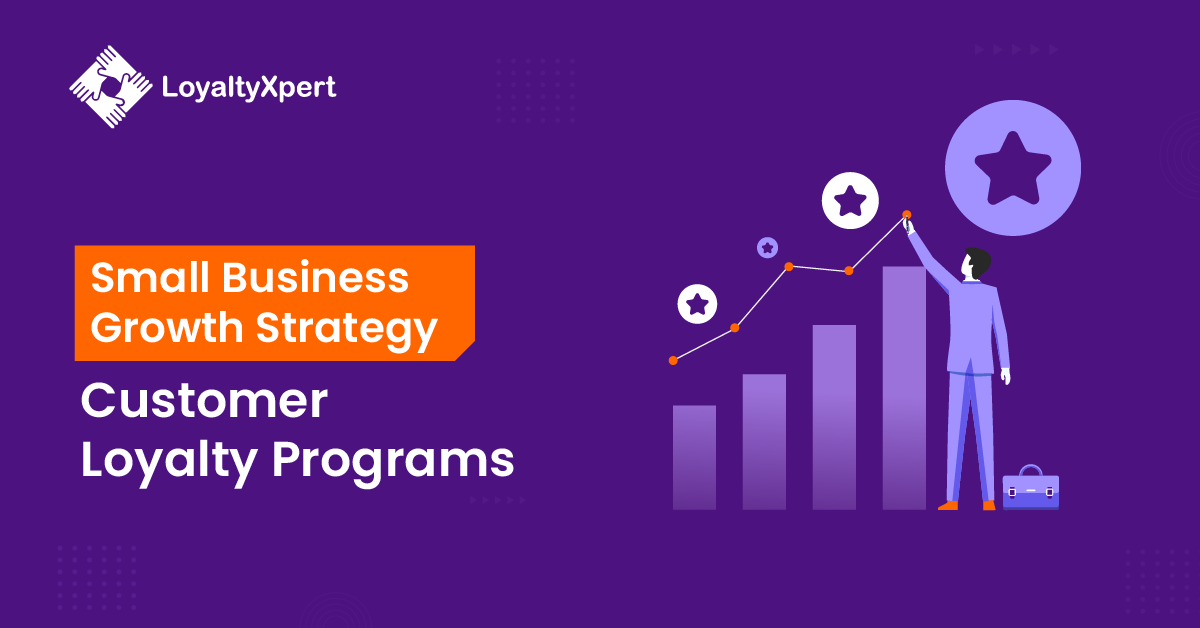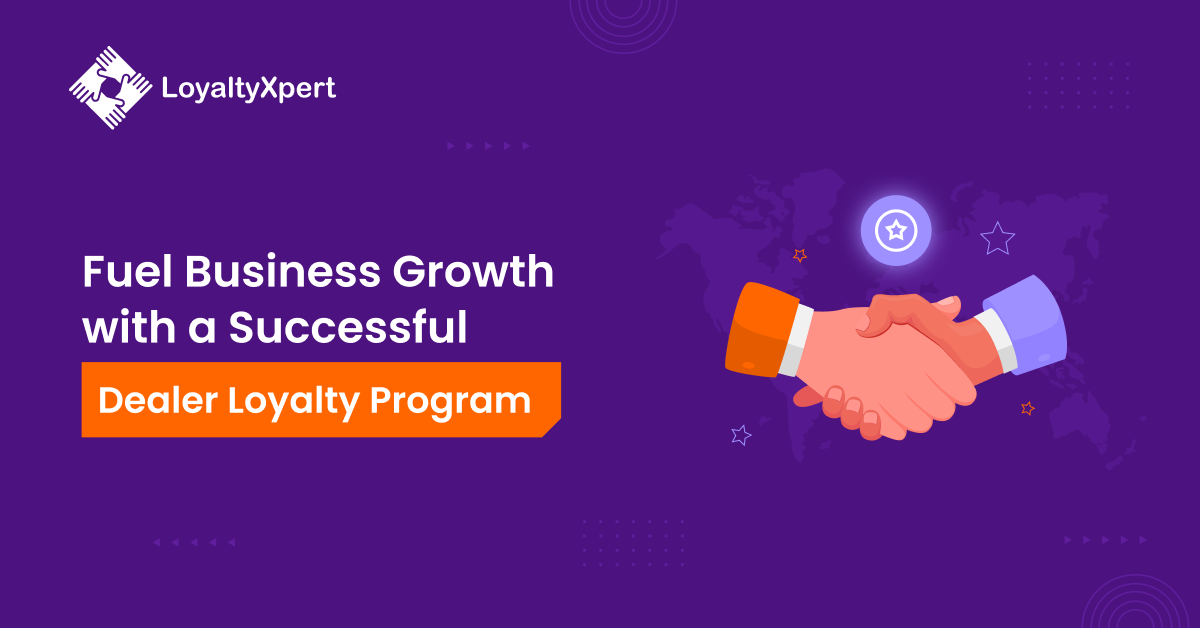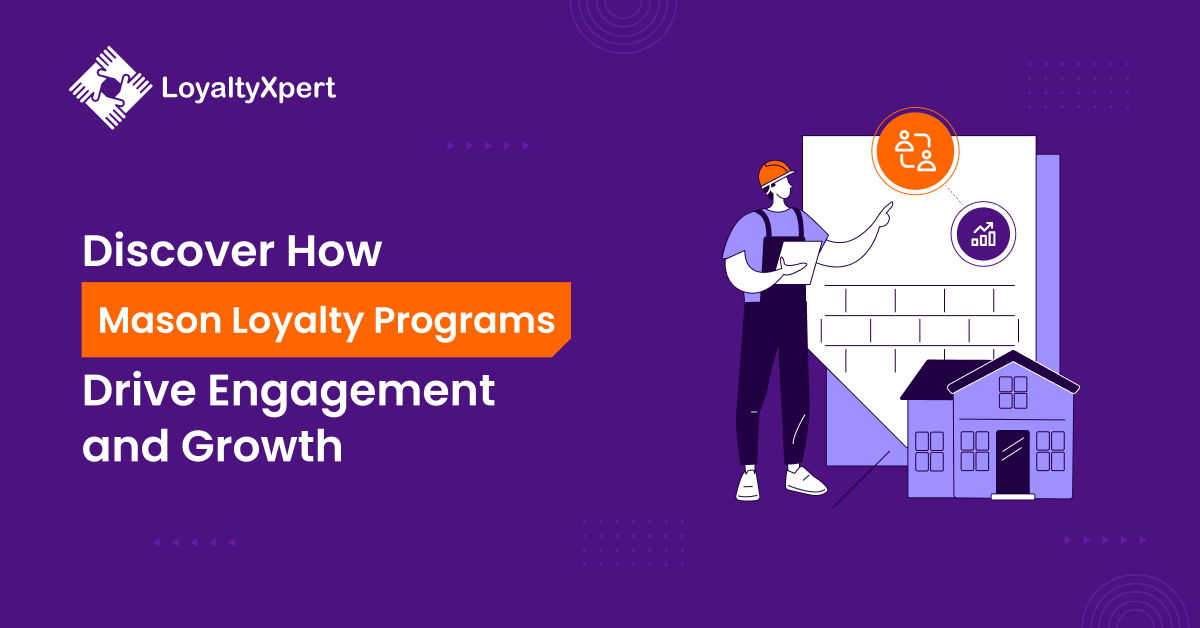
Small Business Growth Strategy: Customer Loyalty Programs
Author
admin
Published on:
Feb 12, 2024
Table of Content
See How Our Loyalty Program Can Help You.
Let us guide you through our product features with Loyalty Experts
Customer loyalty and retention are critical for enabling sustainable growth and profitability for small businesses today. With limited marketing budgets, small businesses need to optimize profitability by focusing on converting one-time buyers into repeat, loyal customers. An effective customer loyalty program can be a strategic differentiator to achieve this goal.
Attracting new customers typically requires extensive efforts and costs for small businesses. From promotions to discounts and advertising spends, acquisition eats into slim margins. However, retaining and rewarding existing customers is economically more prudent. According to Bain & Company, a 5% increase in customer retention produces a 25% to as much as 95% increase in profit. Loyal customers save acquisition expenses by providing organic word-of-mouth publicity and referrals. They are also more likely to ignore competitors and continue purchasing from brands they trust.
By cultivating lasting relationships with customers and creating positive brand associations, small businesses can gain customer mindshare along with wallet share. The objective of a loyalty program must be to develop emotional connections and brand advocates beyond transactional purchases. Members can be incentivized through privileges, rewards, access, and experiences reserved exclusively for them.
This blog post explores five types of innovative customer loyalty programs suitable for small businesses today. From points-based and subscription programs to community engagement platforms, mission-driven initiatives, and referral rewards, there are diverse options to drive repeat purchases.
As small business owners evaluate loyalty strategies, the programs must deliver differentiated value and seamlessly integrate with the customer journey. Tracking metrics like lifetime value and retention will be key to continually optimizing program features and benefits. The aim should be to create privileged access and a community that customers feel proud to be a part of.
The future will be shaped by small businesses that can gain customer mindshare and wallet share amidst competition. As you read through the programs, consider what elements could work for your business and help you stand out sustainably.
[pafe-template id="13671"]
Challenges small businesses face in customer retention
Small businesses today face an uphill battle when it comes to retaining customers in a highly competitive environment. Two key challenges they encounter are the high costs of acquiring new customers and competing with bigger brands with greater marketing resources. Attracting new customers requires extensive efforts across numerous channels from digital marketing, social media, and search engine optimization to traditional advertising. For small businesses with limited marketing budgets, the cost of continuously chasing new customers can take a huge toll on profitability. Research indicates that retaining loyal buyers is far more affordable than excessive spending on new customer acquisition. Furthermore, small businesses must contend with consumers being enticed by bigger brands offering perks like free shipping, discounts, coupons, and cashback rewards. Large established players often have loyalty programs that provide privileged access and experiences to make customers feel valued. Small businesses with constrained budgets can struggle to match such offers. However, small businesses have advantages too of providing personalized services, community engagement, and consumer passion for supporting local brands. By identifying their differentiating strengths and crafting tailored programs, they can overcome limited resources. Offering exclusive rewards, access, and perks centered around their niche can help attract the right loyalists.Types of customer loyalty programs
There are several types of innovative loyalty programs suitable for B2B small businesses today to drive customer retention but 5 of them stand out:Points Reward Programs
Points-based programs are one of the most popular loyalty strategies. Here, accounts earn points for activities like making a purchase, referring new leads, completing a survey, etc. The earned points can then be redeemed for rewards like discounts on future purchases, free products/services, faster deliveries, partner offers, and more. For a B2B, this could be a packaging supplier providing points when clients order over a certain volume monthly. The points can then be redeemed for discounts on future bulk orders, free samples of new packaging products, or early access to the latest material designs. This incentivizes customers to consolidate purchases with the supplier to earn rewards.Subscription Programs
These programs offer discounted pricing, exclusive products/services and other benefits to clients who subscribe or enroll as members. The aim is to secure recurring revenue streams. A B2B example is a SaaS company providing access to premium software features, dedicated account management, and onboarding assistance only to subscribed members. Non-subscribed clients will need to pay full price for a la carte purchases. The subscription program provides an affordable bundled package to secure loyalty.Referral Programs
Referral programs provide incentives like discounts, gift cards or free products/services when existing accounts refer new leads or customers. This builds loyalty by rewarding customers for promoting your brand to new prospects. For a B2B, this could be a marketing agency offering a 10% discount coupon to clients who refer new business leads that convert to customers. Clients are incentivized to recommend the agency to peers and partners in their network, leading to more sales.Community Building Programs
Community building programs aim to connect like-minded B2B customers to engage with each other and the brand. This fosters organic loyalty by creating an ecosystem where clients network, and share feedback and insights. For example, a software company can build an online community forum where users can discuss best practices, new features, integrations, etc. The community enables customers to learn from each other, provide product feedback, and develop an affinity for the brand.Mission-Driven Programs
These programs enable B2B customers to support causes and initiatives aligned with their values by doing business with the brand. This taps into their passion areas to build an emotional connection beyond transactions. A sustainable clothing provider can contribute 1% of proceeds from B2B client purchases towards environmental nonprofits supported by those accounts. Clients feel their business with the company makes a positive impact, hence building loyalty.Designing successful programs
When designing customer loyalty programs, B2B small businesses should first understand their accounts' needs and motivations. The initiatives should aim to develop strategic, value-driven partnerships that provide exclusive privileges beyond one-time transactions. For example, identifying key accounts and crafting personalized programs that reward their loyalty can be impactful. Small supplier firms can also leverage agility to deliver added services and insights compared to larger competitors. Programs should center around delivering unmatched expertise, network access, and industry thought leadership. The loyalty program benefits offered should be easily integrated with the client's procurement processes without extensive disruptions. Tracking metrics like client lifetime value, repeat business percentage and referral rates will be vital to monitor program ROI and optimize over time. The ultimate goal should be retaining accounts by enhancing the partnership and delivering unmatched value.Benefits of loyalty programs
Well-designed customer loyalty programs can deliver manifold benefits to B2B small businesses such as:- Increased customer lifetime value — Accounts that make repeat purchases through loyalty programs spend more over their lifetime compared to one-time transactional clients. Higher lifetime value improves long-term profitability.
- Higher revenue and repeat purchases — Loyal customers tend to ignore competitors and continue buying from brands they trust. This provides a reliable revenue stream through repeat business.
- Competitive differentiation — Tailored loyalty programs addressing customer pain points can set a business apart from larger competitors who offer generic benefits. This builds strategic partnerships.
- Deeper customer relationships — Engagement via communities and access to privileges/events can make clients feel valued. Emotional connections drive lasting loyalty beyond transactions.
Key Components for Success
There are a few vital components B2B small businesses must focus on to ensure their customer loyalty programs succeed:- Understanding customer motivations — Programs should be designed based on insights into accounts' needs, pain points, and motivations. This ensures maximum relevance and engagement.
- Providing relevant rewards — The benefits offered must provide real value to accounts as per their priorities whether discounts, partner perks, services, etc. Generic rewards may not excite customers.
- Easy integration into the shopping experience — The program experience should integrate seamlessly into the customer's procurement processes without extensive disruptions. This ensures convenience and adoption.
- Leveraging data insights — Metrics on repeat purchases, referrals, and client lifetime value should be tracked to gain insights and tweak programs for optimal results.
- Continuous optimization — Customer requirements may evolve so programs must be iterated regularly based on changing needs, industry trends, and competitive offerings.


